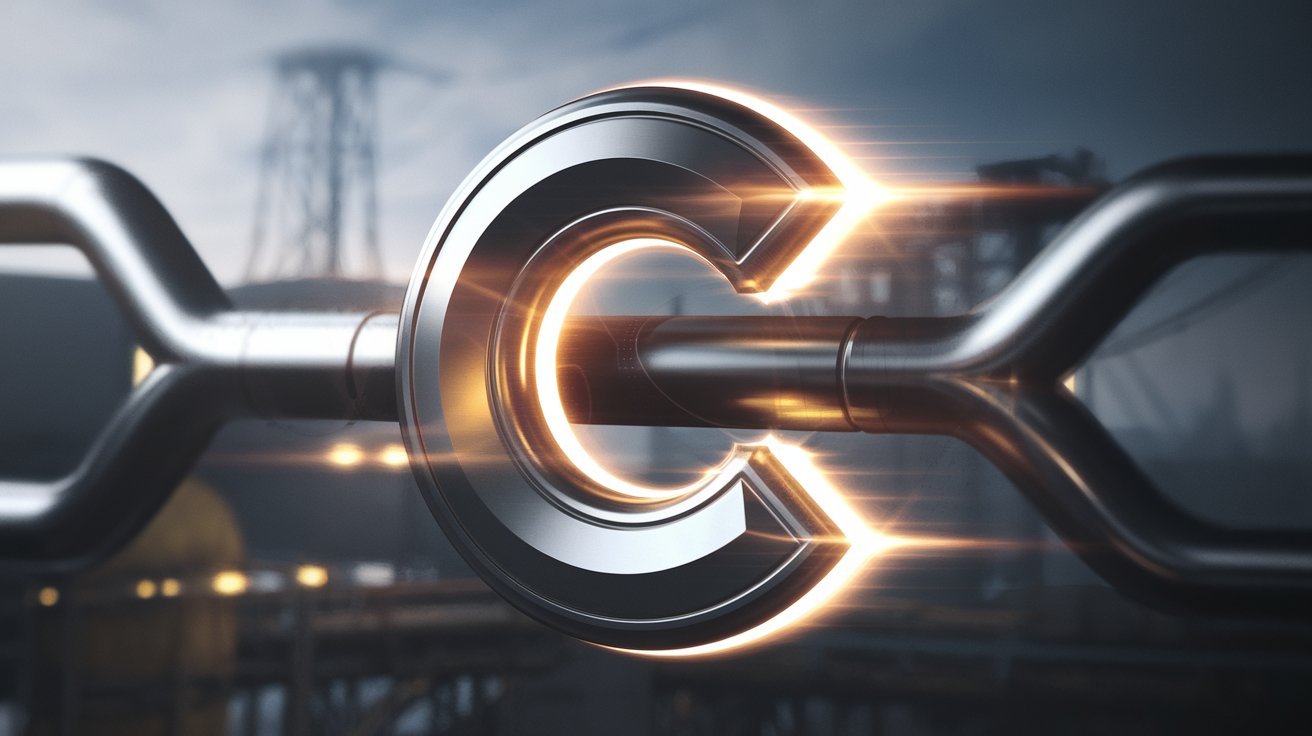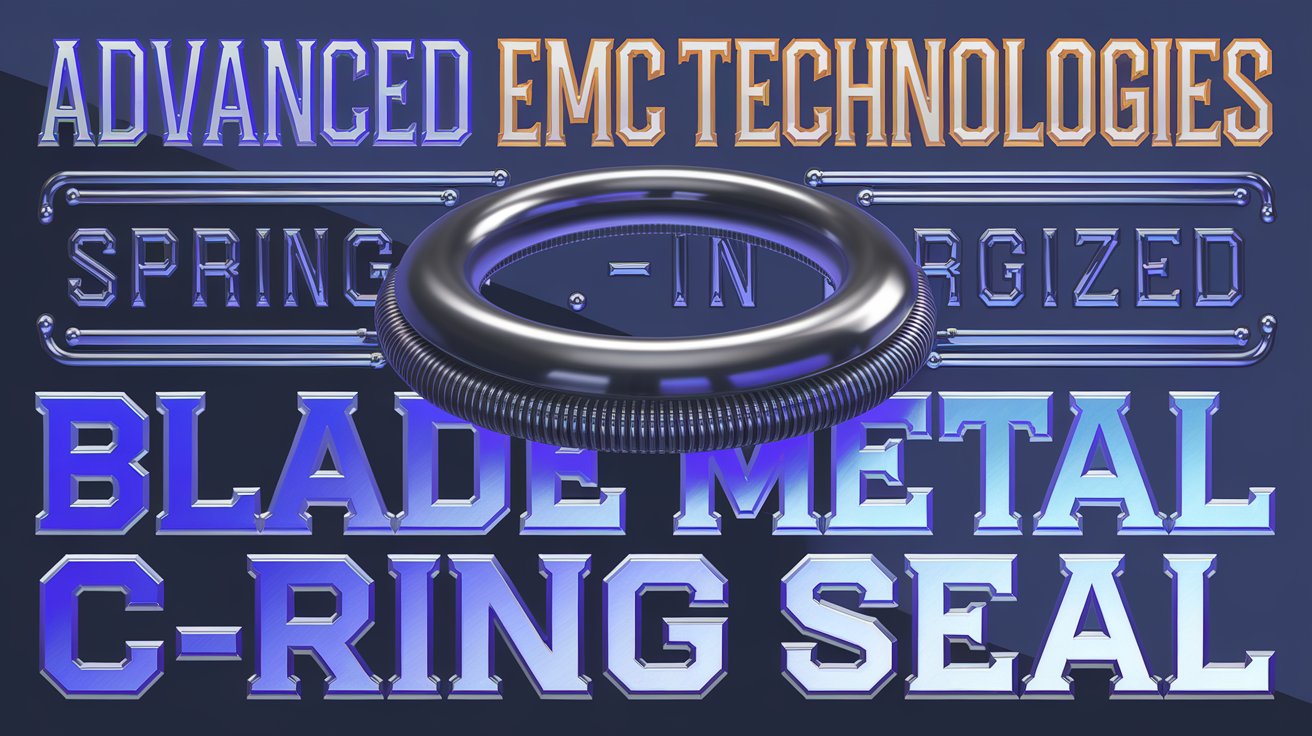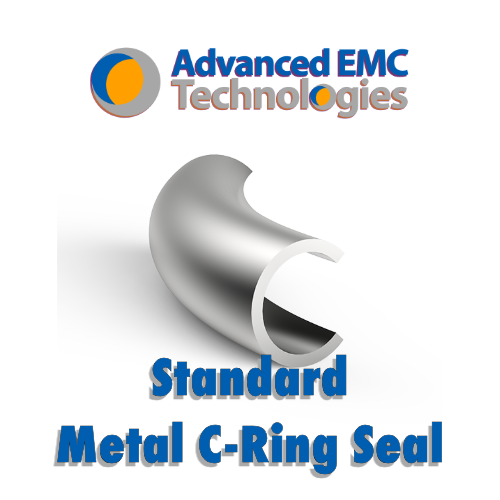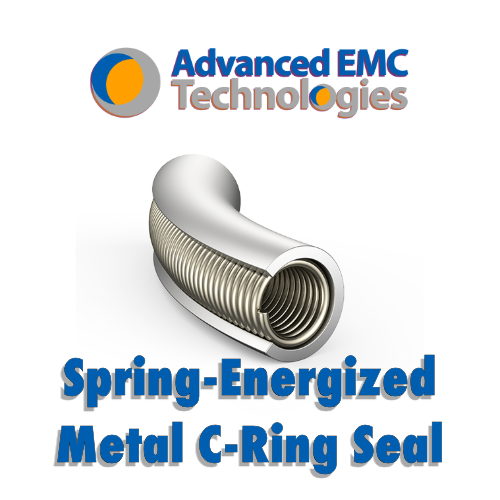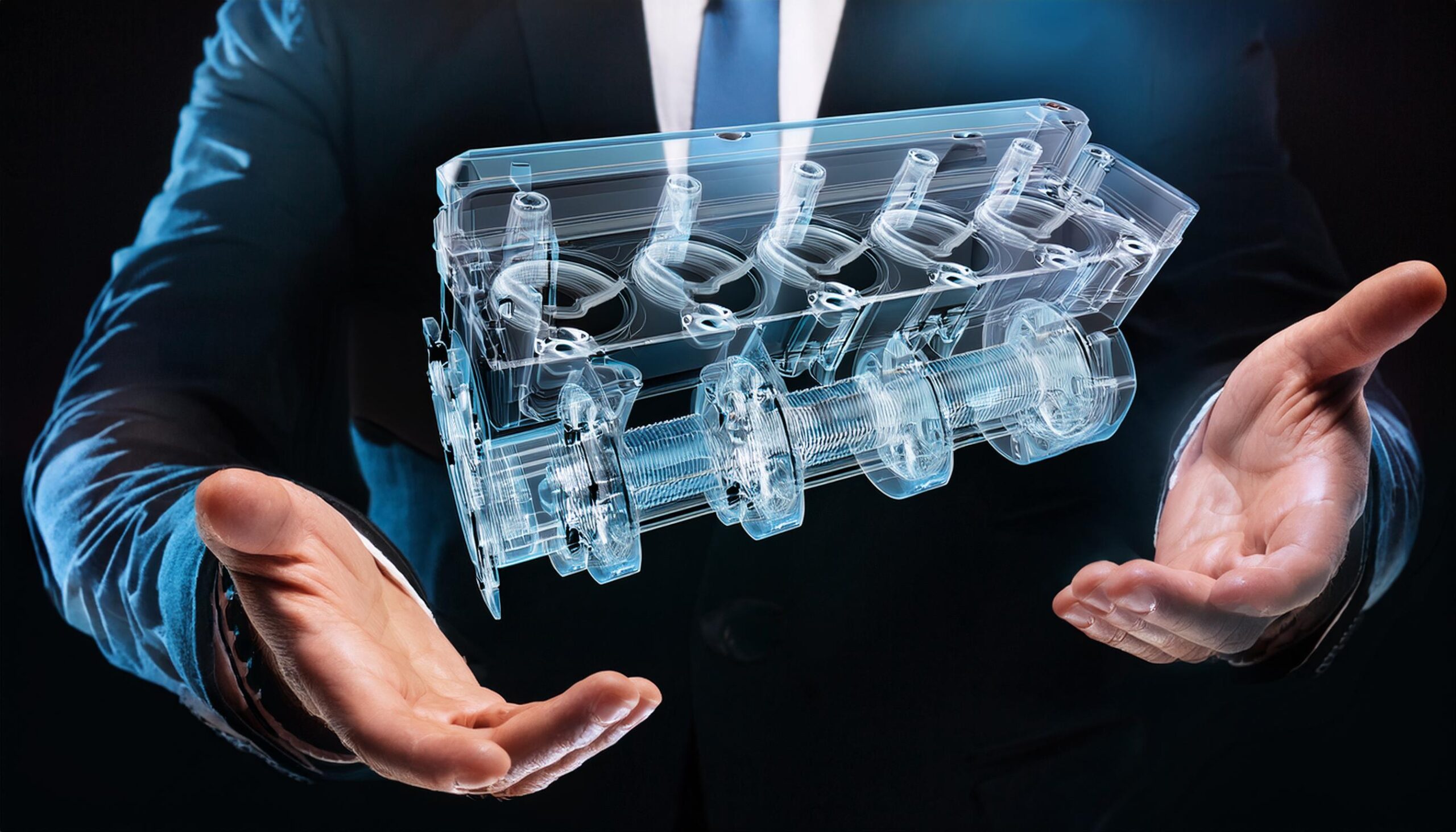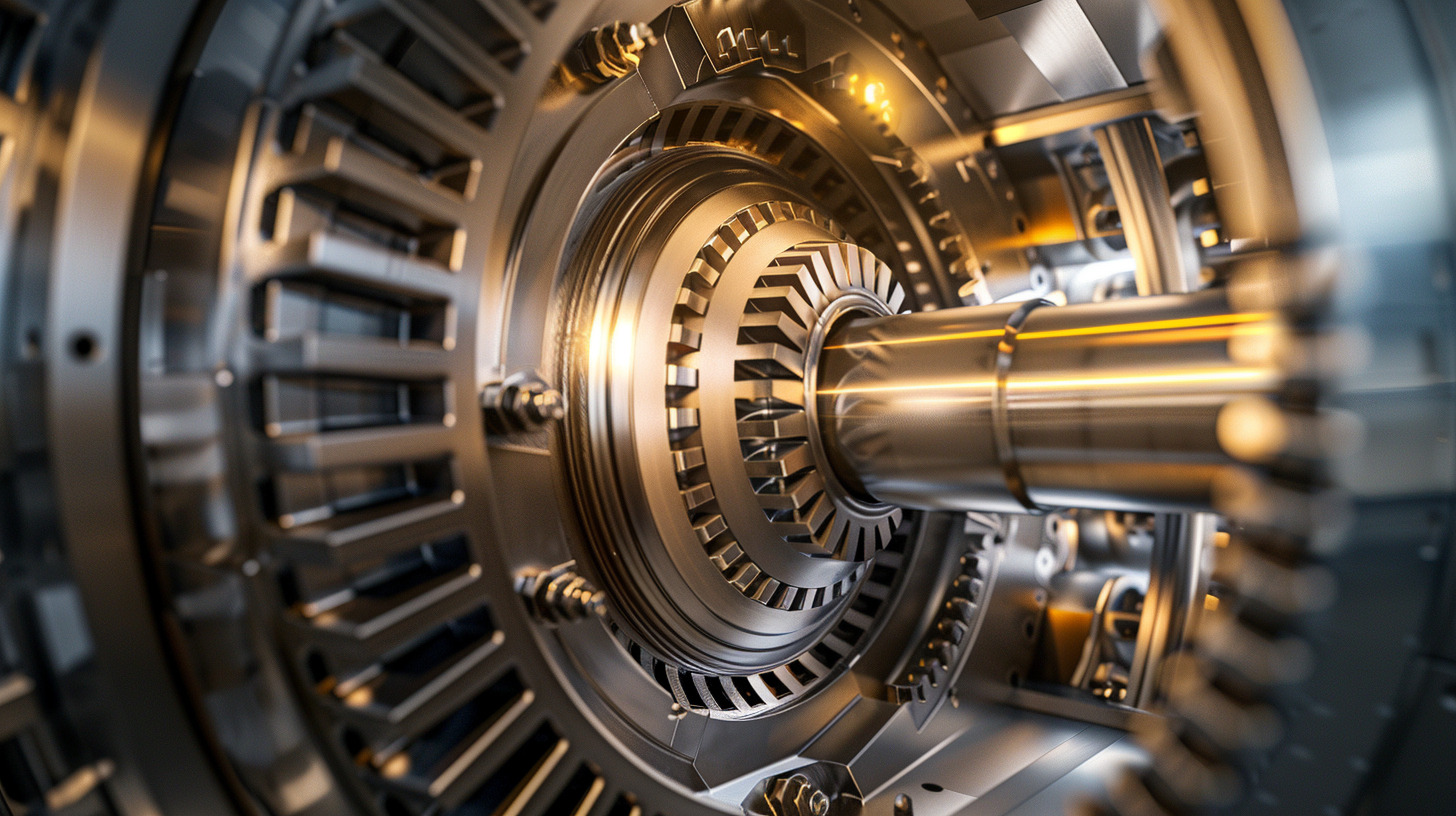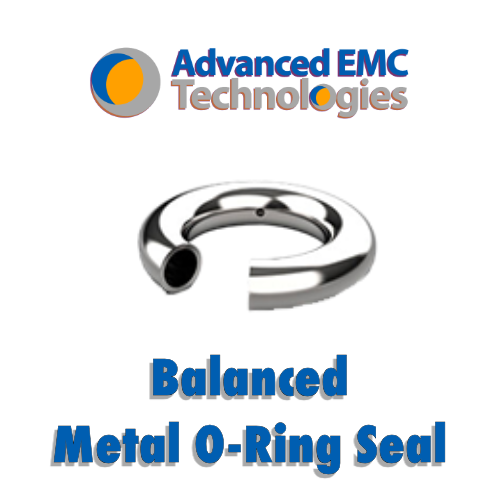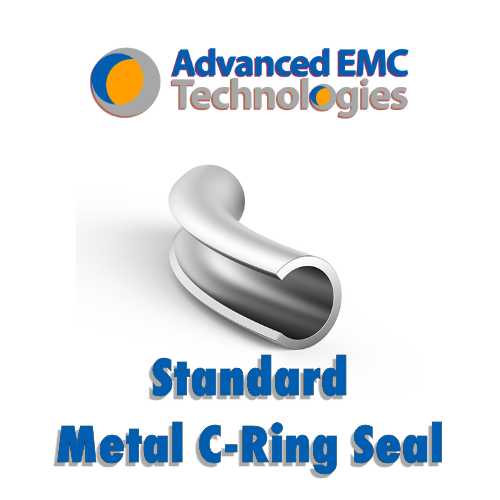Metal C-Rings Are the Go-To Choice for High Internal Pressure Sealing
Choose the Perfect Seal for... Extreme Pressure Conditions Maximum Reliability Cost-Effective Solutions Long-Lasting Performance
In industries where failure is not an option—whether it’s aerospace, oil & gas, power generation, or chemical processing—sealing solutions must perform under the most demanding conditions. One such solution that consistently delivers unmatched performance is the metal C-ring. For applications that involve high internal pressure, extreme temperatures, and corrosive environments, metal C-rings are the unsung heroes, offering a combination of durability, reliability, and versatility that softer seals simply can’t match.
This blog will dive deep into why metal C-rings are the preferred choice for engineers and industry professionals when it comes to high-pressure sealing applications. Whether you’re exploring options for aerospace fuel systems, oil rig equipment, or chemical reactors, understanding the benefits of metal C-rings can make all the difference.
What Exactly Are Metal C-Rings?
Metal C-rings, named for their distinct C-shaped cross-section, are precision-engineered seals that provide highly effective sealing under extreme conditions. The “C” shape allows the ring to compress when exposed to pressure, creating a tight, reliable seal. Metal C-rings can be manufactured from various high-performance alloys such as Inconel, stainless steel, and Hastelloy, enabling them to withstand a broad range of environmental challenges.
These seals are designed to tackle some of the harshest operating conditions across a range of industries, including aerospace, energy, and chemical processing. When traditional elastomeric seals struggle to hold up, metal C-rings continue to perform.
1. Pressure Resistance That Stands Above the Rest
When it comes to withstanding intense internal pressures, metal C-rings shine. These seals are engineered to endure pressures from 3,000 to 30,000 psi, which makes them the go-to solution for applications like valves, pressure vessels, and fuel systems. Their unique C-shaped design allows them to expand and contract as pressure varies, maintaining a tight seal even under extreme fluctuations.
Unlike other seals that may deform or fail under high pressure, metal C-rings offer a robust structural integrity that holds firm. This is particularly critical in industries like oil and gas, where even a small seal failure could result in costly downtimes, hazardous leaks, or environmental disasters. Whether you’re dealing with equipment deep below the earth’s surface or high up in the atmosphere, metal C-rings offer peace of mind.
Real-World Example:
Consider a deep-sea drilling operation where equipment is subjected to high pressures from both the drilling process and the surrounding ocean. The use of metal C-rings in these scenarios provides reliable sealing, allowing the equipment to function safely and effectively under the immense pressures found in these environments. Without such durable seals, the risk of leaks or equipment failure increases dramatically.
2. Thriving in Extreme Temperatures: Metal C-Rings' Secret Weapon
One of the standout qualities of metal C-rings is their superior temperature tolerance. While elastomeric seals often become brittle or lose flexibility in extreme heat or cold, metal C-rings remain resilient. In fact, they can perform in temperatures ranging from -320°F to over 1500°F. This wide temperature range makes them indispensable in industries like aerospace, where components may be subjected to the freezing cold of space or the scorching heat generated by high-speed flight and rocket propulsion.
Temperature fluctuations can cause materials to expand and contract, leading to seal failure. However, metal C-rings, thanks to their engineered properties and choice of material, accommodate these changes without losing their sealing effectiveness. Whether used in cryogenic systems or in the hot chambers of a turbine engine, metal C-rings can maintain their structural integrity.
Case Study:
In rocket engines, for example, where temperatures can soar above 1,500°F, standard seals often degrade quickly, leading to dangerous fuel leaks or performance issues. Metal C-rings, on the other hand, not only resist this thermal degradation but also maintain their seal over multiple cycles of heating and cooling. This resilience is crucial for ensuring the safety and performance of spacecraft and other high-temperature machinery.
3. Unmatched Corrosion Resistance
Industries like chemical processing and offshore oil exploration face another formidable challenge—corrosion. Harsh chemicals, seawater, and other corrosive substances can quickly break down traditional sealing materials. Here’s where metal C-rings, made from stainless steel, Inconel, or Hastelloy, truly excel. These materials offer superior corrosion resistance, making metal C-rings ideal for environments where aggressive chemicals or saltwater are present.
By resisting both chemical attacks and corrosion, metal C-rings ensure a long service life in environments where failure could lead to catastrophic outcomes. This is particularly important in industries where the cost of downtime is astronomical, or where failure could compromise safety.
Example:
In a chemical processing plant, where equipment is often exposed to a variety of harsh chemicals, the seals used must be resistant to corrosion. A failed seal could lead to leaks of dangerous chemicals, risking both environmental harm and personnel safety. Metal C-rings, particularly those made from Hastelloy or Inconel, provide the robust corrosion resistance needed to maintain safe and efficient operations over time.
4. Durability That Outlasts the Competition
When it comes to longevity, metal C-rings stand head and shoulders above seals made from softer materials like elastomers or PTFE. These softer materials, while useful in less extreme environments, tend to wear out more quickly when exposed to constant pressure cycling, harsh chemicals, or temperature extremes. Metal C-rings, however, are designed to last, offering exceptional wear resistance even in the most demanding applications.
Their ability to withstand pressure cycling, which is common in applications like valves and turbines, means fewer replacements and less downtime. This durability translates into significant cost savings for industries that would otherwise need to perform frequent maintenance or seal replacements.
Maintenance Insight:
Imagine a natural gas pipeline with dozens of valve assemblies. Each valve is subjected to fluctuating pressures as gas flow is regulated. The use of metal C-rings in these valves ensures that the seals won’t wear down quickly, minimizing maintenance requirements and preventing the expensive and potentially hazardous leaks that could result from a failed seal.
5. Customization for Precision Sealing
No two applications are exactly the same, and that’s why metal C-rings are so highly valued—they can be custom-designed to meet the specific needs of a project. Whether your application involves radial, axial, or face sealing, metal C-rings can be engineered in various dimensions and materials to fit your exact specifications.
Need a seal that can withstand specific environmental conditions, such as extreme cold or exposure to caustic chemicals? Advanced EMC can tailor the materials and design of metal C-rings to ensure peak performance in your particular setting. This customization capability is critical for industries where one-size-fits-all simply won’t do.
Applications That Rely on Metal C-Rings
Metal C-rings are found in a wide variety of high-performance applications, including:
- Aerospace: Used in engines, fuel systems, and structural components to handle the intense pressure and temperature fluctuations.
- Oil & Gas: Ideal for pipelines, wellhead equipment, and downhole tools where chemical resistance and pressure containment are critical.
- Power Generation: Seals used in turbines, reactors, and other power plant components must endure extreme conditions—metal C-rings ensure reliable performance.
- Defense: Critical for sealing systems in military vehicles, submarines, and defense equipment.
- Chemical Processing: Metal C-rings protect against leaks in reaction vessels, pipelines, and valves exposed to aggressive chemicals.
Why Choose Advanced EMC for Your Metal C-Ring Seals?
At Advanced EMC Technologies, we are committed to providing the highest quality metal C-rings engineered to meet your unique challenges. Our seals are crafted from premium alloys like Inconel, stainless steel, and Hastelloy, ensuring peak performance in even the most extreme conditions. Our engineering team works closely with clients to design and customize C-rings that fit their specific requirements, from radial seals in gas pipelines to axial seals in aerospace engines.
When you need reliability, durability, and performance, our metal C-rings offer the solution you can trust. Whether your application involves extreme temperatures, high pressures, or corrosive environments, Advanced EMC’s metal C-rings provide the durability and precision your operations require.
Ready to Upgrade Your Sealing Solutions?
If you’re looking to improve the reliability and longevity of your high-pressure sealing systems, contact us today to learn more about how our metal C-rings can solve your most demanding sealing challenges. Our experts are ready to help you choose the perfect sealing solution for your specific needs.

